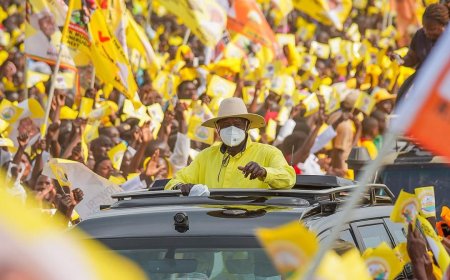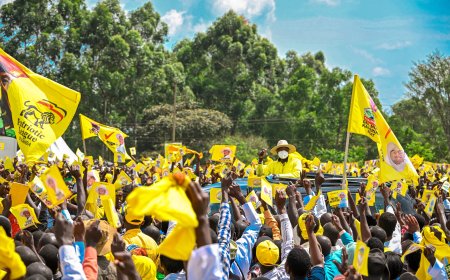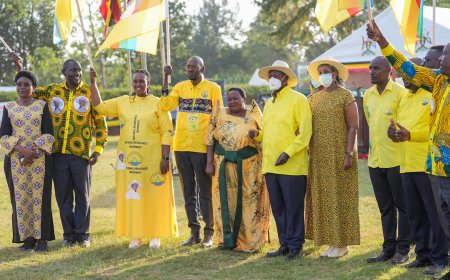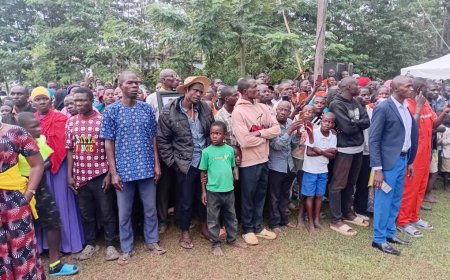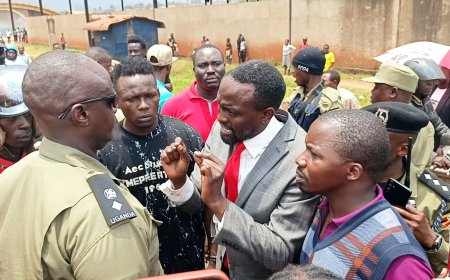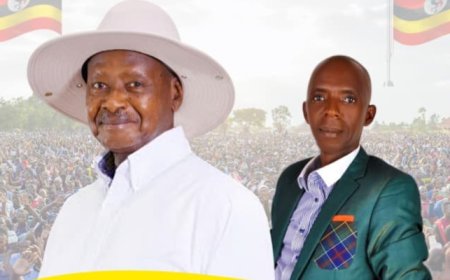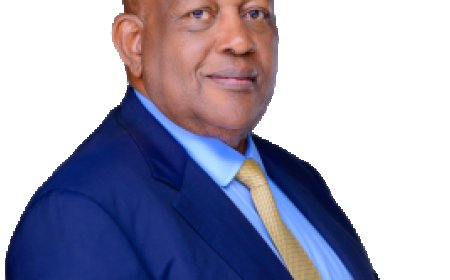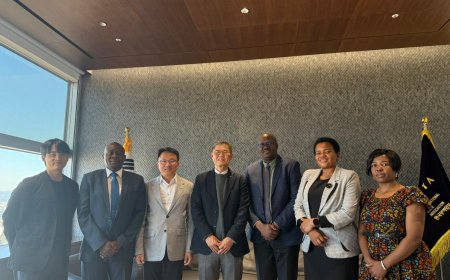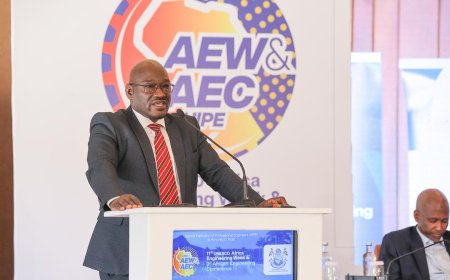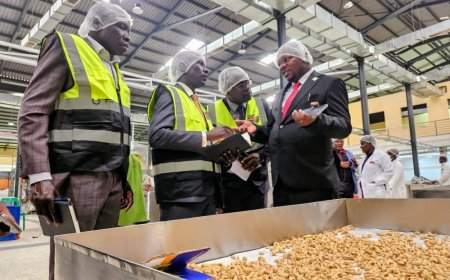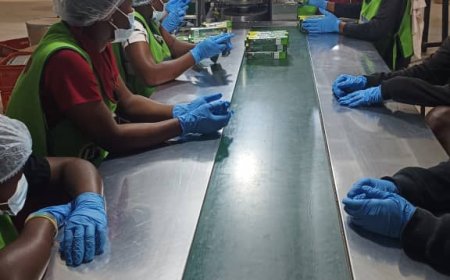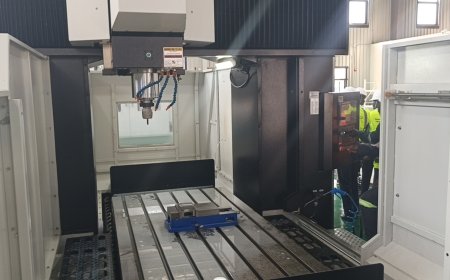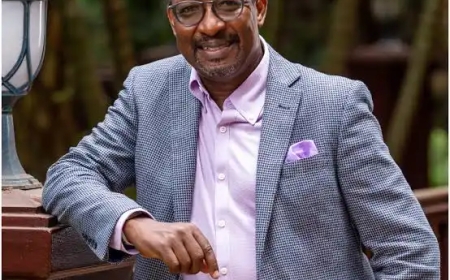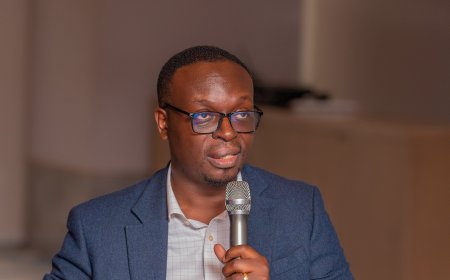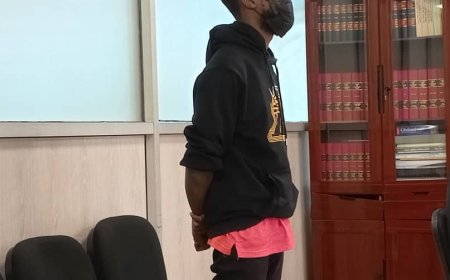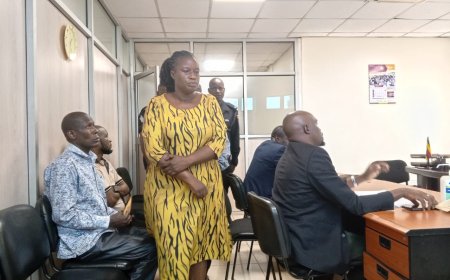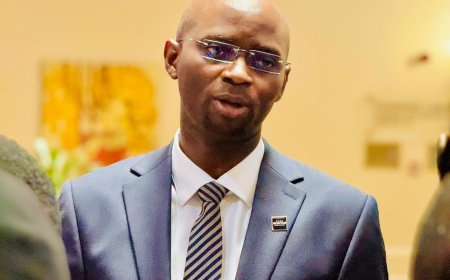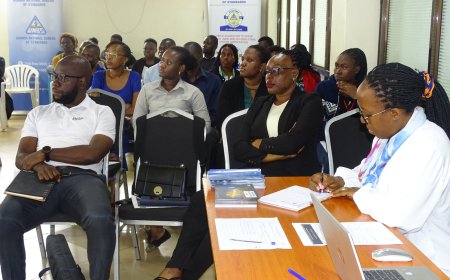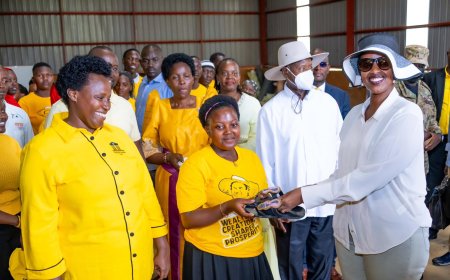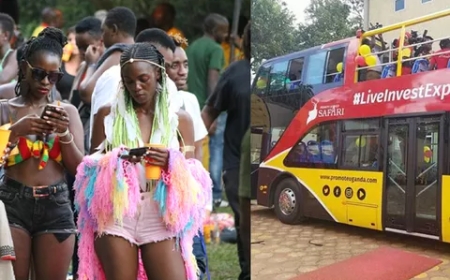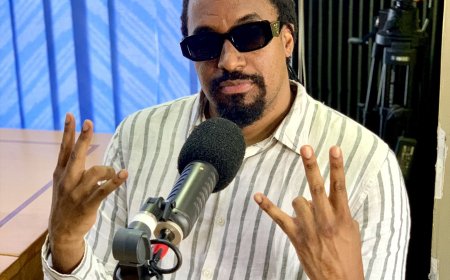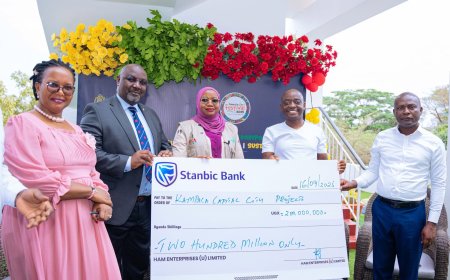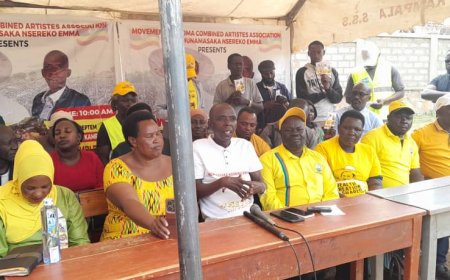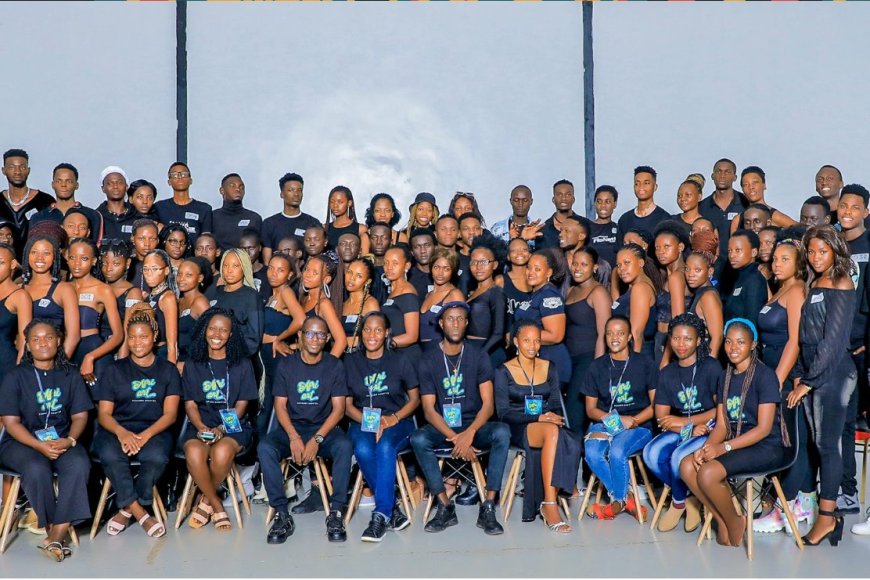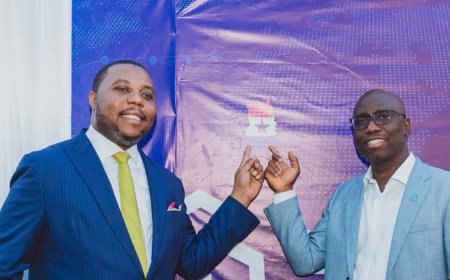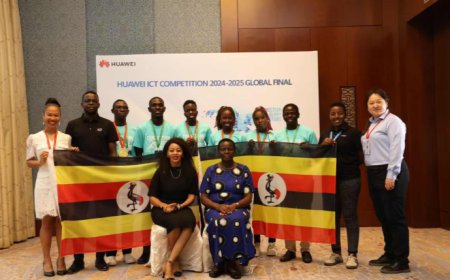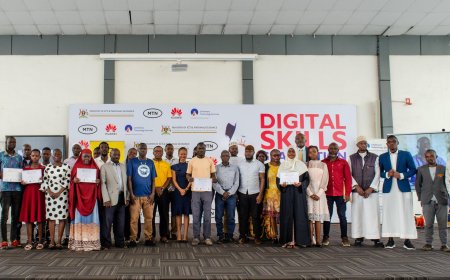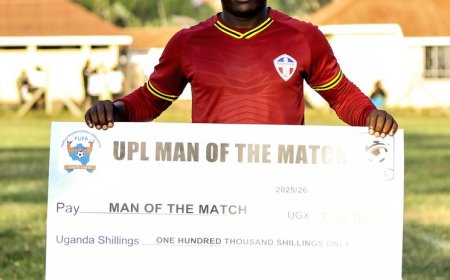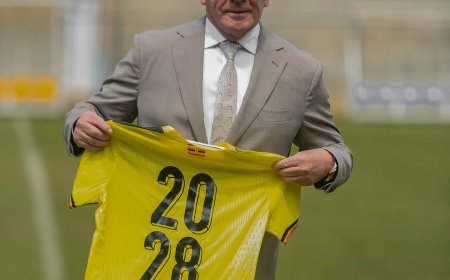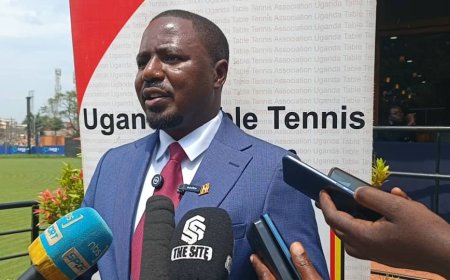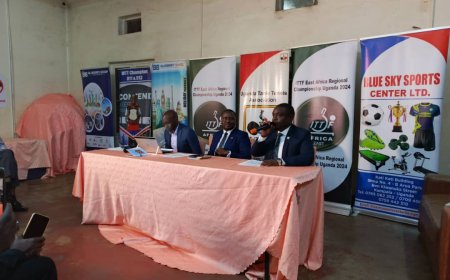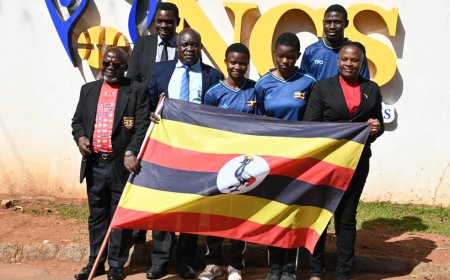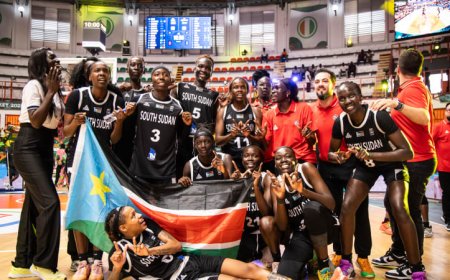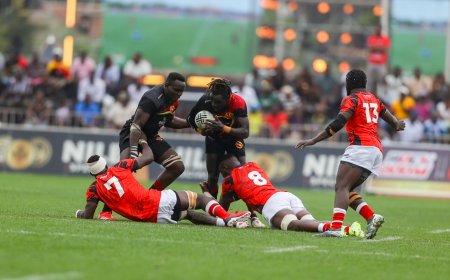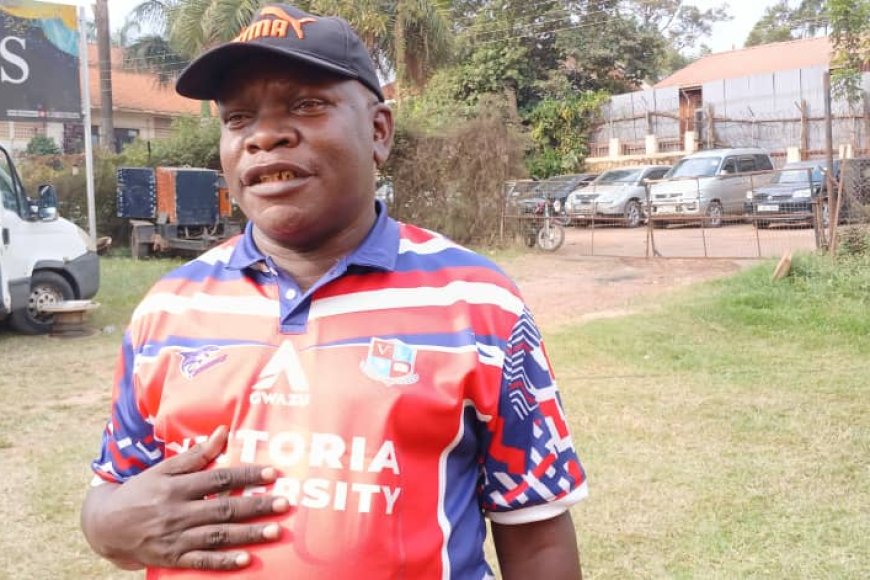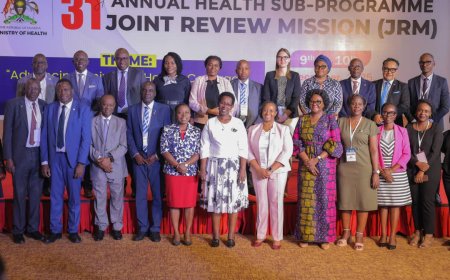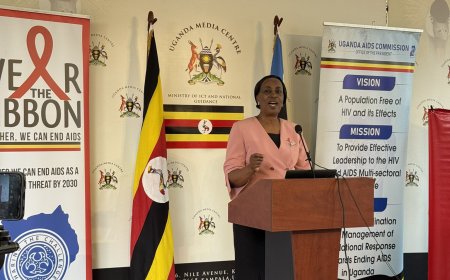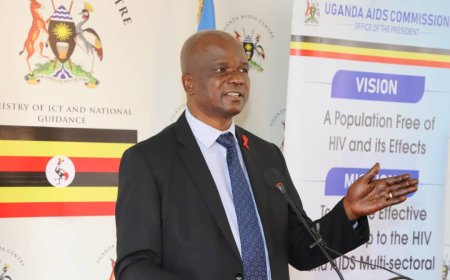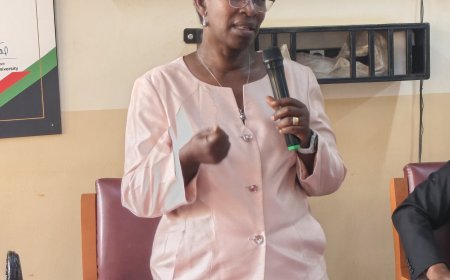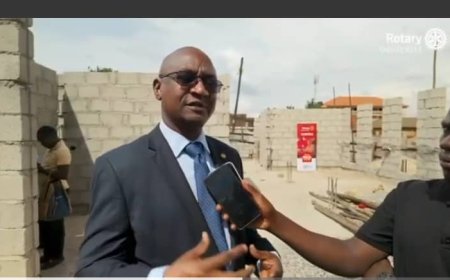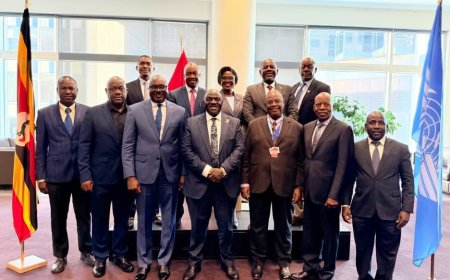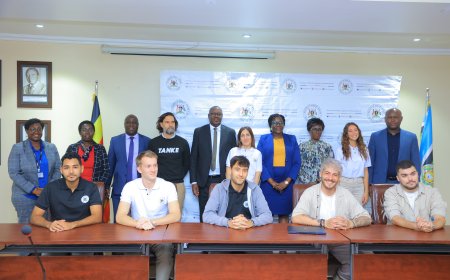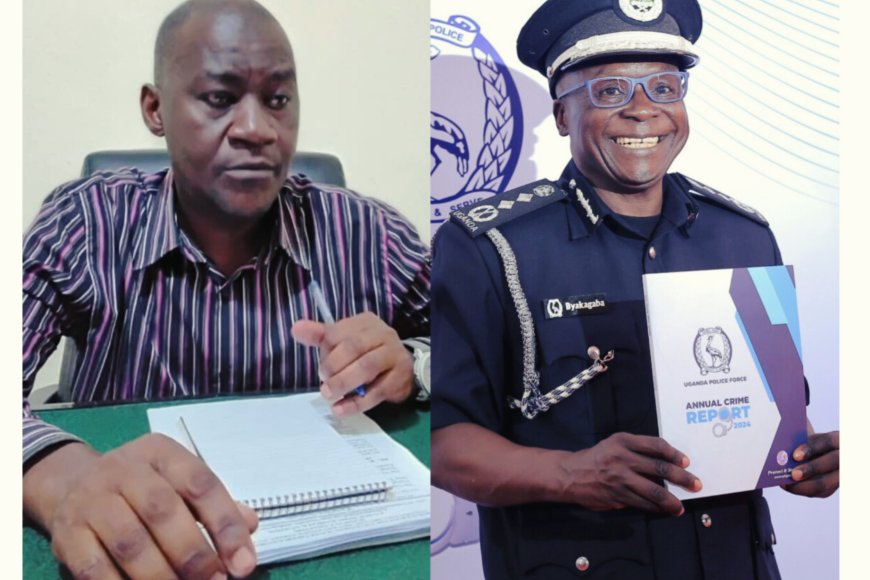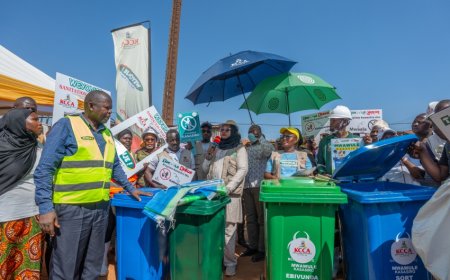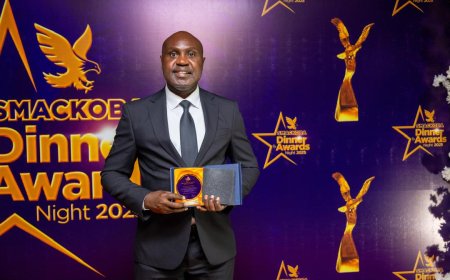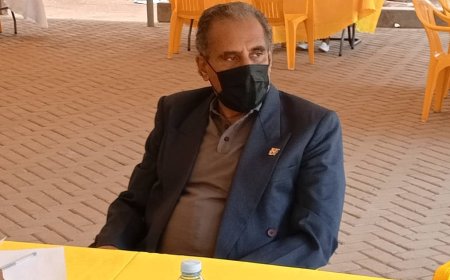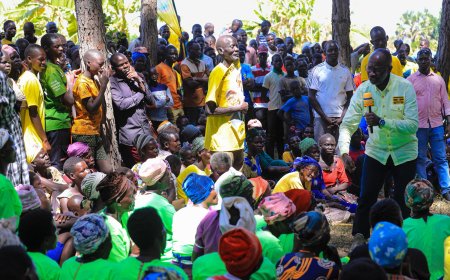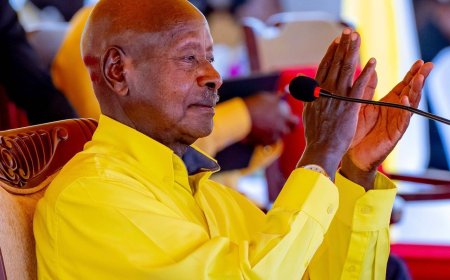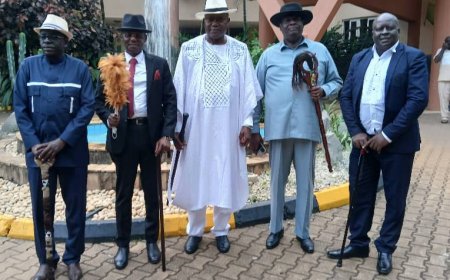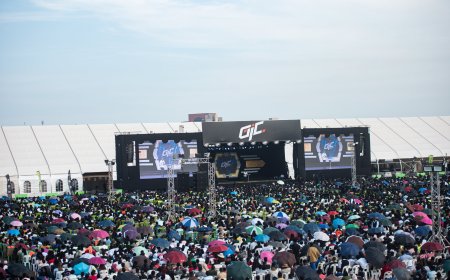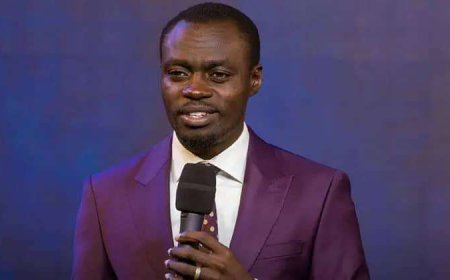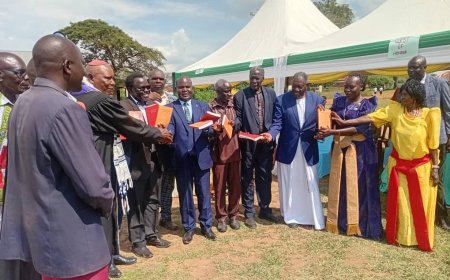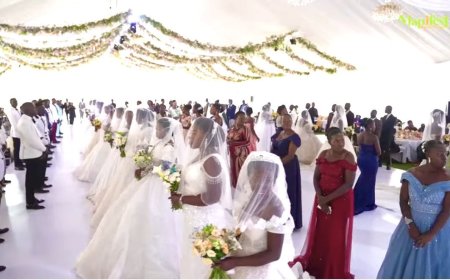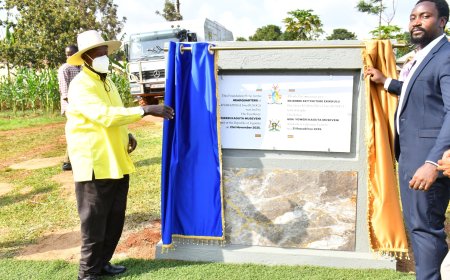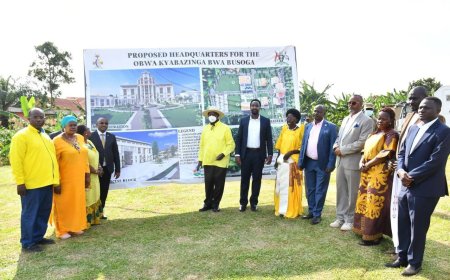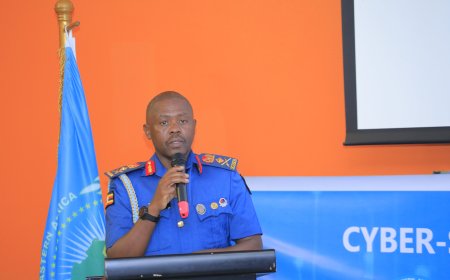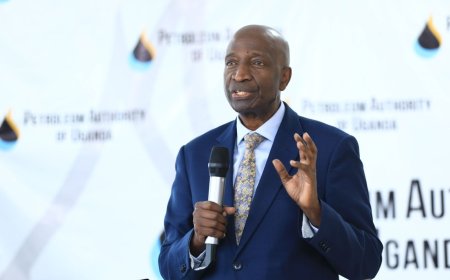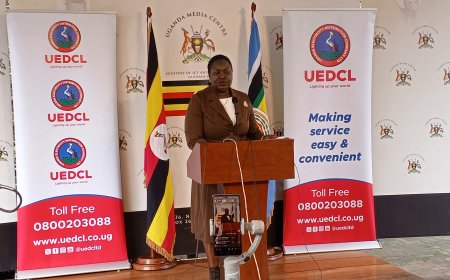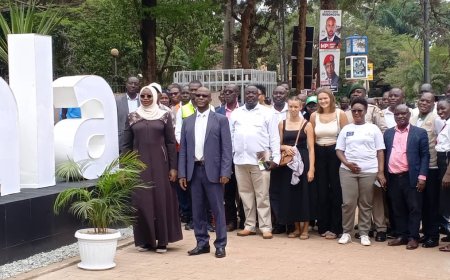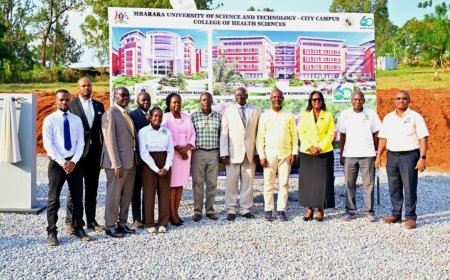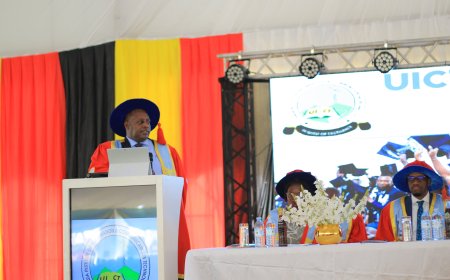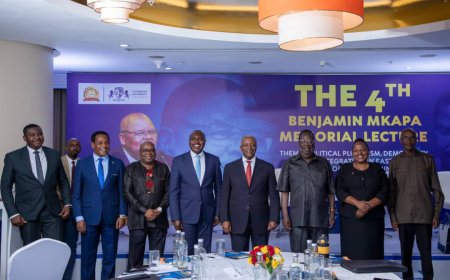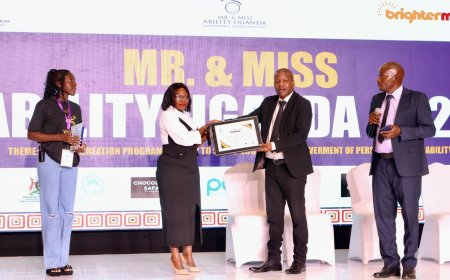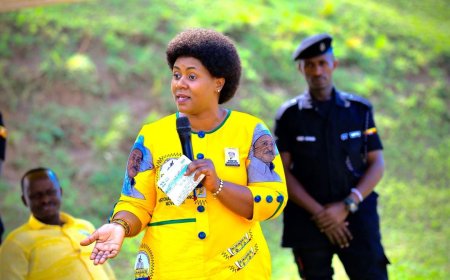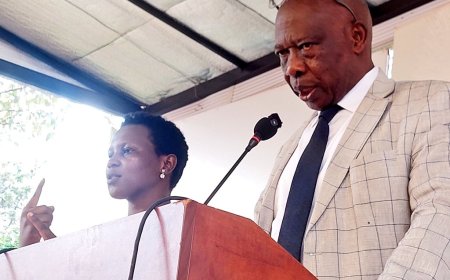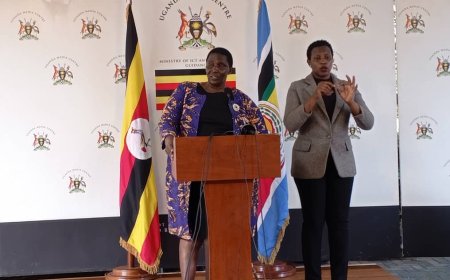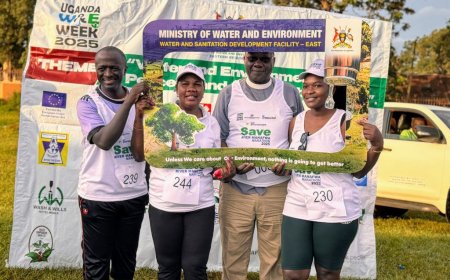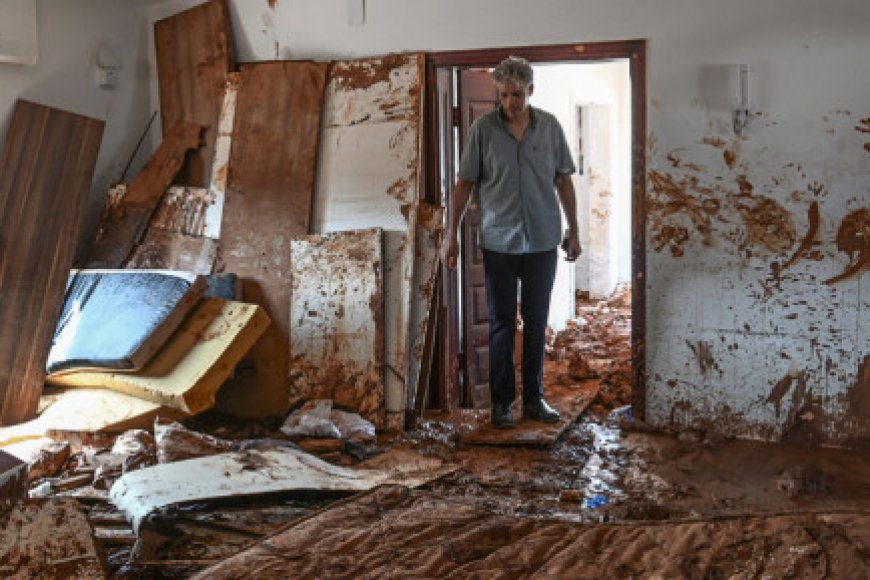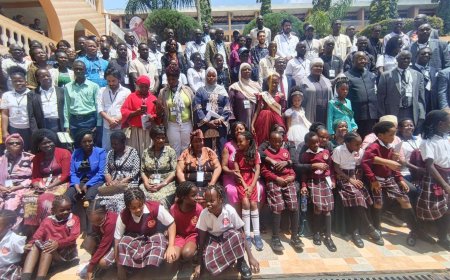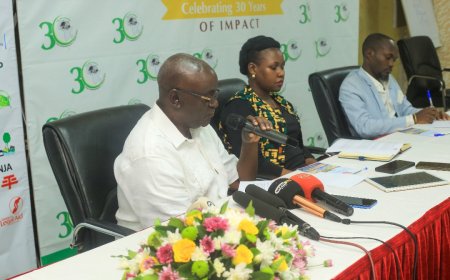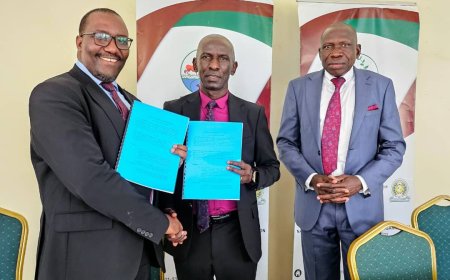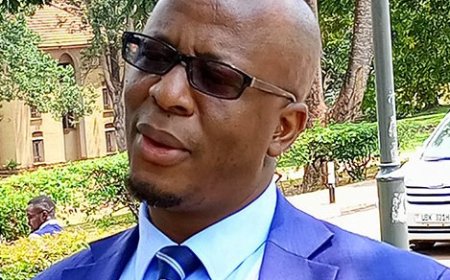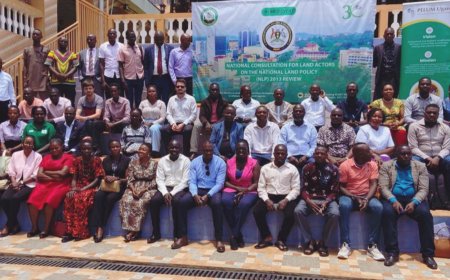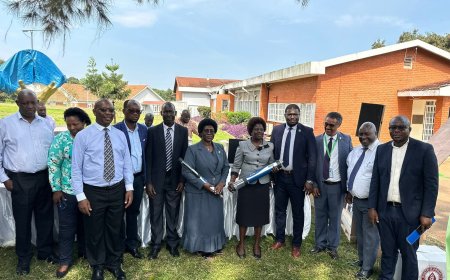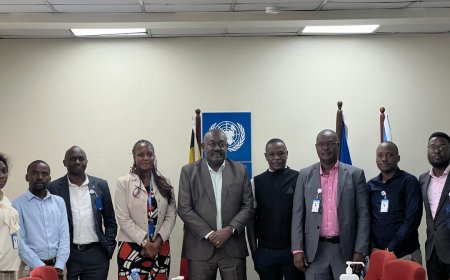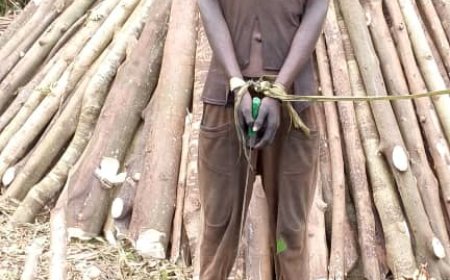UEDCL Records Progress in Power Distribution After Umeme Exit — Energy Minister
Dr. Nankabirwa noted that the transition period from Umeme to UEDCL came at a time when Uganda’s annual energy demand had been growing at an average rate of 10 percent, driven largely by industrial expansion and new household connections.
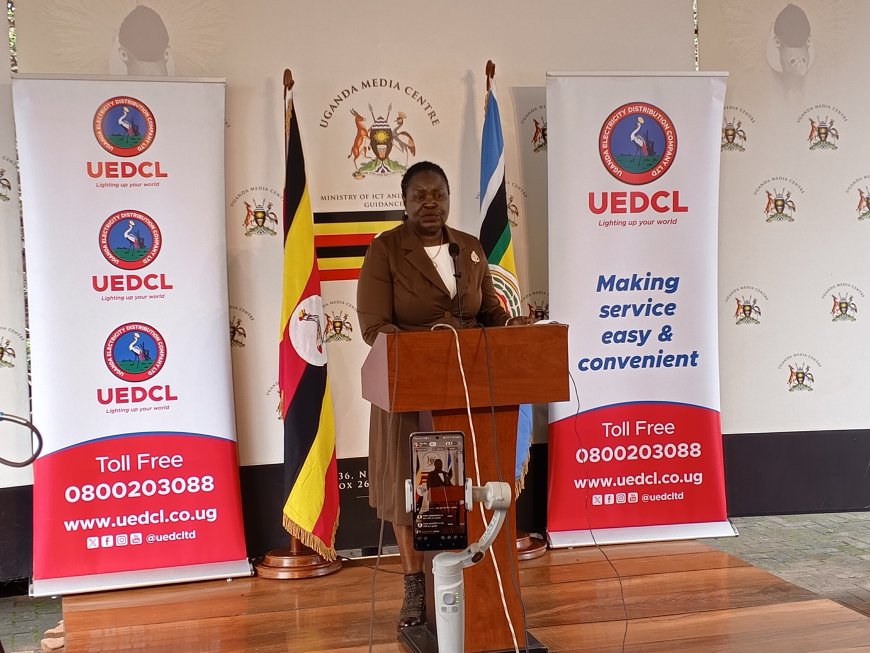
The Minister of Energy and Mineral Development, Hon. Dr. Ruth Nankabirwa Ssentamu, has reassured Ugandans of government’s steadfast commitment to ensuring reliable, sustainable, and equitable access to electricity across the country. Addressing the media at the Uganda Media Centre on Tuesday, the Minister delivered a detailed update on the status of electricity supply, highlighting progress made since the Uganda Electricity Distribution Company Limited (UEDCL) took over the distribution network operations following the expiry of the Umeme concession earlier this year.
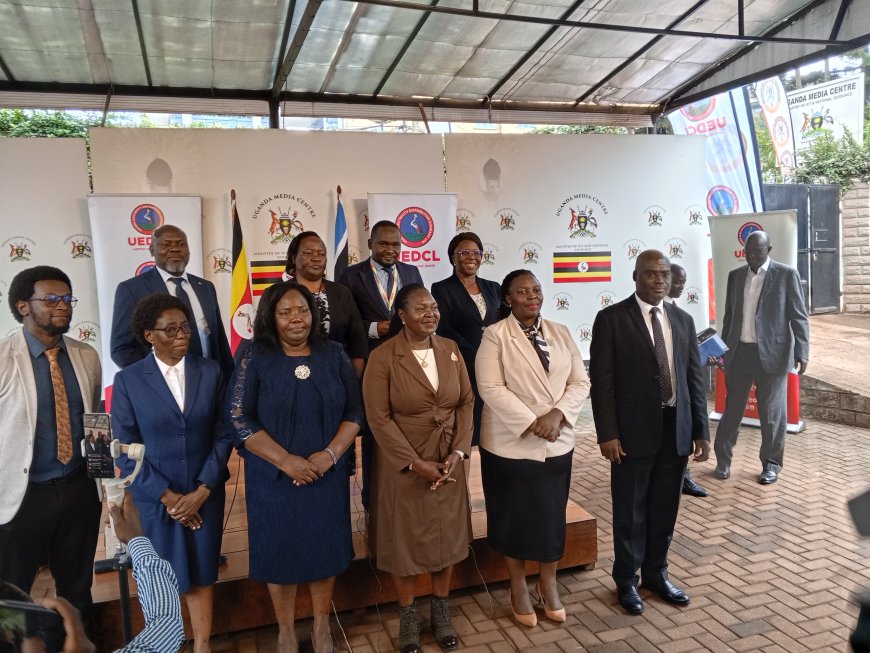
Dr. Nankabirwa noted that the transition period from Umeme to UEDCL came at a time when Uganda’s annual energy demand had been growing at an average rate of 10 percent, driven largely by industrial expansion and new household connections. However, she explained that the latter stages of the Umeme concession saw constrained capital investments due to short recovery periods, which affected the overall reliability and quality of power supply.
“Since assuming full responsibility, UEDCL has undertaken several critical actions to improve the reliability of electricity supply,” the Minister stated.
Key Achievements by UEDCL
According to Dr. Nankabirwa, UEDCL has made significant strides in upgrading and expanding the distribution infrastructure within a relatively short period. Among the key accomplishments include:
Expansion of Kakiri Substation from 10MW to 20MW;
Expansion of Kabale Substation from 2.5MW to 5MW;
Expansion of Masaka Central Substation from 5MW to 7MW;
Replacement of 206 faulty transformers across the network;
Connection of 140,000 new customers since taking over operations.
Additionally, the company has secured land for new substations at Magyigye and Kawempe, and drawn up plans to refurbish nine existing substations, inject 518 new transformers, and expand 40 medium-voltage lines before the end of 2025. These interventions, the Minister said, are expected to significantly enhance stability and reduce power outages nationwide.
Supporting Local Industry Through BUBU Policy
Dr. Nankabirwa emphasized that the government is promoting local content through the Buy Uganda Build Uganda (BUBU) policy, with UEDCL sourcing most of its new equipment and materials — including transformers — from local manufacturers.
“We are working closely with local industries to help them meet the growing requirements for power sector equipment. This approach strengthens both our power sector and domestic manufacturing capacity,” she said.
Addressing Vandalism and Power Theft
The Minister expressed deep concern over persistent vandalism of electricity infrastructure in districts such as Kololo, Mukono, Kayunga, Masaka, Mpigi, Luwero, Nakasongola, Mityana, Mubende, and Mbarara, noting that such acts continue to undermine progress and cause unnecessary blackouts.
She revealed that her ministry, in collaboration with relevant security agencies, is intensifying efforts to curb vandalism but called for joint public participation in combating the vice.
“I call upon all RDCs, local leaders, and citizens to join me in this fight. Let us protect our infrastructure and safeguard our shared progress,” Dr. Nankabirwa urged.
On the issue of power theft and unsafe connections, the Minister said the government has been implementing the Weterezeeee Campaign, which allows individuals with illegal or tampered electricity connections to voluntarily regularize them without penalties. So far, 22,937 Ugandans have benefited from this initiative.
Given its success, she announced the extension of the campaign up to 31st October 2025, urging more citizens to take advantage of the opportunity.
“Electricity theft not only causes huge financial losses to the sector but also endangers lives and property. We must work together to end it,” she added.
Free Electricity Connections Policy
Dr. Nankabirwa also reaffirmed government’s ongoing efforts under the Free Electricity Connections Policy (FECP). Through the Electricity Access Scale Up Project (EASP), the Ministry is currently facilitating no-pole and one-pole connection services at no cost to eligible households. She encouraged Ugandans to contact their nearest UEDCL offices for more information and assistance.
Government’s Long-Term Investment Commitment
The Minister concluded by assuring Ugandans that government remains fully committed to sustained investment in the power sector — particularly in distribution and transmission infrastructure — to meet the rapidly growing national demand for electricity.
“Government has approved UEDCL’s five-year investment strategy which will channel significant resources into modernizing the distribution network,” she noted. “Our goal is to build infrastructure that is modern, resilient, and sustainable as we enhance both generation and transmission capacities.”
Dr. Nankabirwa thanked all sector partners, including the Electricity Regulatory Authority, sector agencies, security organs, and citizens, for their continued cooperation in building a stable and efficient electricity supply system.
“We are determined to ensure reliable power for all Ugandans,” she concluded
